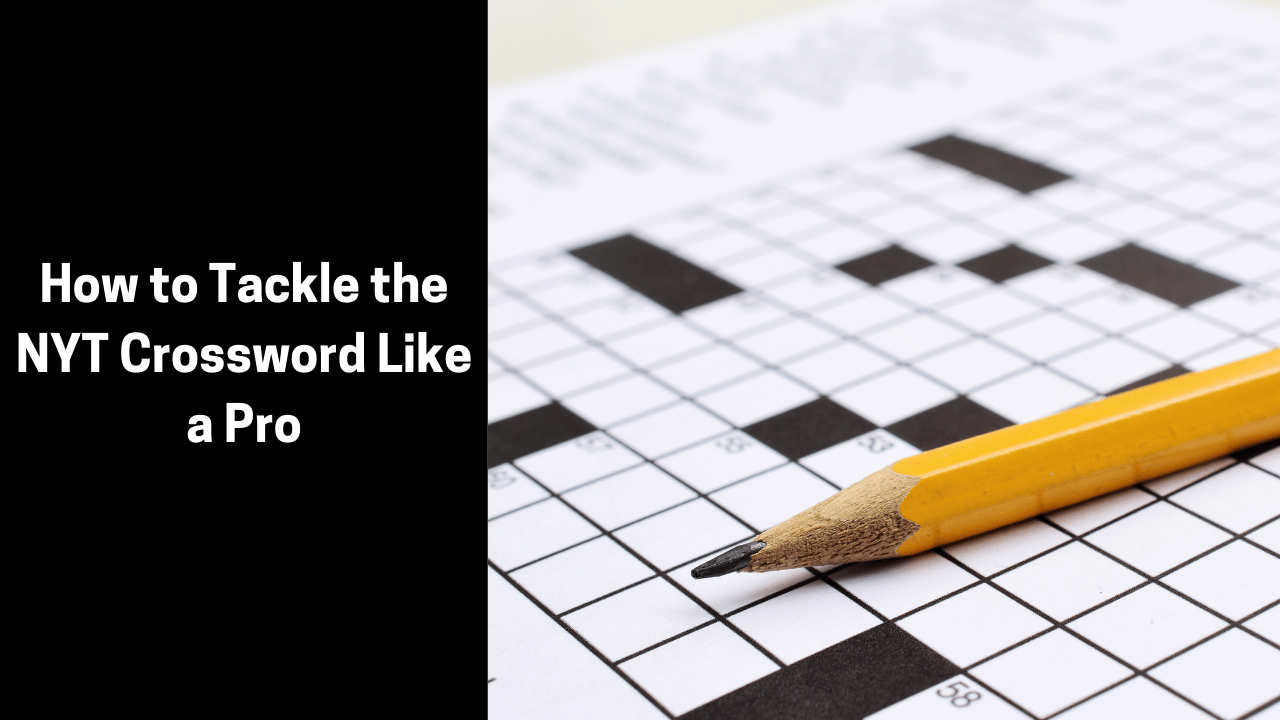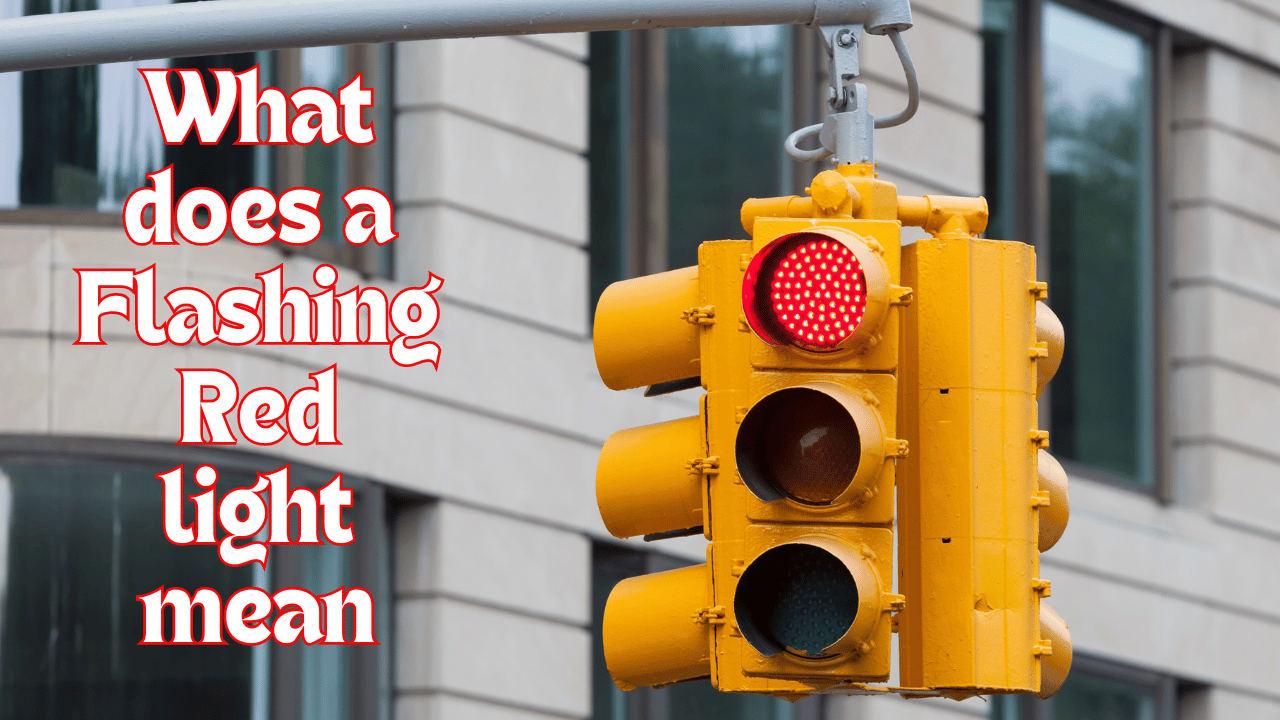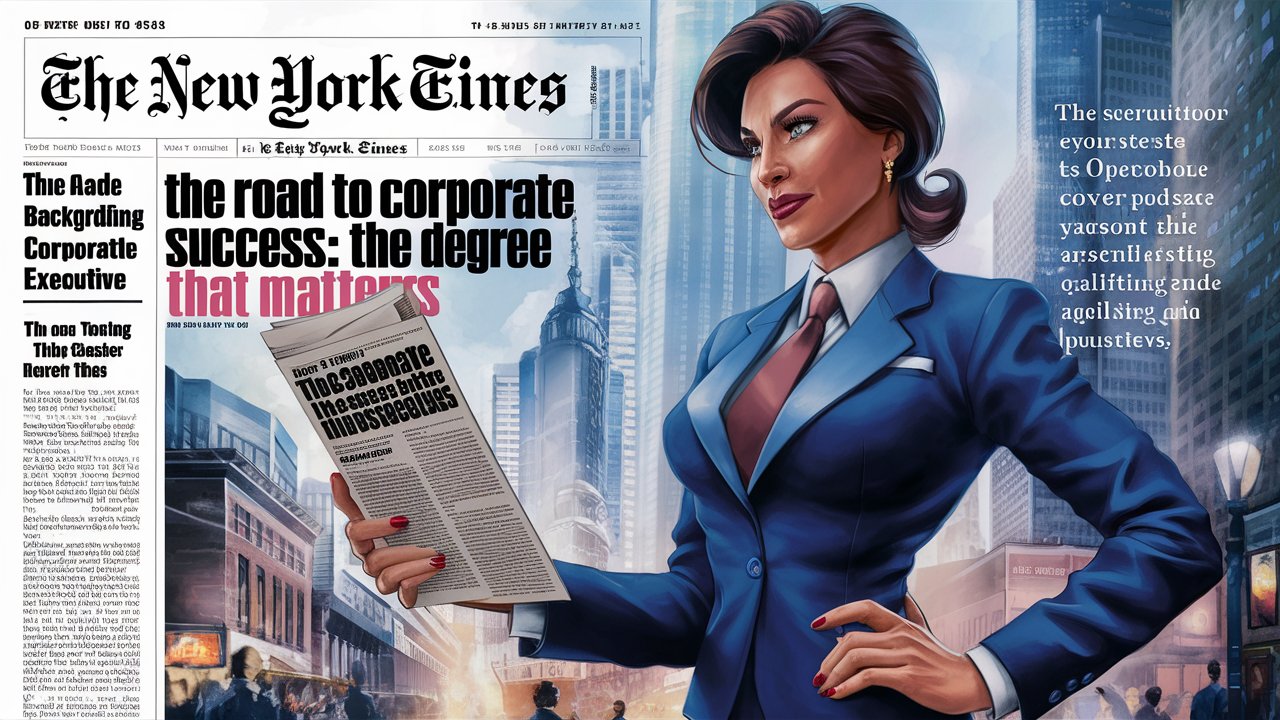If you’ve ever attempted the New York Times (NYT) Crossword, you know it’s not just a puzzle—it’s an intellectual marathon. With its rich history and reputation for challenging even the most seasoned solvers, the NYT Crossword is a staple for crossword enthusiasts worldwide. The complexity of these puzzles requires effective strategies to make solving them a rewarding experience rather than a frustrating endeavor.
In this article, we’ll share tips and techniques that will elevate your crossword-solving skills, helping you tackle the NYT Crossword like a pro.
Understanding the Basics
Familiarize Yourself with the Rules
Before jumping into advanced strategies, it’s essential to understand the basic rules of crosswords. Most puzzles follow a standard format:
- Grid Layout: Typically, a square grid with black and white squares.
- Clues: Given for both across and down entries.
- Symmetry: The grid is usually symmetric, meaning it looks the same if rotated 180 degrees.
The NYT Crossword has some unique nuances. For example, it often features thematic elements that tie certain clues and answers together, and it tends to become more difficult as the week progresses, with Monday being the easiest and Saturday the hardest.
Types of Clues
There are different types of clues you’ll encounter in the NYT Crossword:
- Direct Clues: These are straightforward and often the easiest to solve. For example, “Feline pet” for CAT.
- Cryptic Clues: These include a level of wordplay or double meaning. For instance, “Flower holder” could be VASE or RIVER, depending on the context.
Recognizing these clue patterns is the first step towards efficient solving.
Also Read: Game Developer Guide: Salary Insights & Becoming a Video Game Dev
Advanced Strategies
Start with the Easiest Clues
Building early momentum is crucial. Scan through the puzzle and identify the easiest clues first. These are usually direct and short answers that you can solve quickly. Completing these gives you a foothold in the puzzle, making it easier to fill in the surrounding answers.
Leverage Word Patterns
Once you have a few letters filled in, use these letters to help solve the remaining words. Recognizing patterns and common letter combinations can significantly reduce the time it takes to complete the puzzle. For example, if you have _A_E, it’s likely to be “CAME” or “FAME” based on the context of the clue.
Use Cross-Referencing
Cross-referencing clues involve using one part of the crossword to solve another. For example, if the clue for 4-Across is, “See 10-Down,” solving 10-Down first can give you necessary letters for 4-Across. This technique is especially useful in themed puzzles where answers are interconnected.
Understand Common Themes
Many NYT Crosswords have a theme that links several answers. Identifying the theme early can provide valuable hints. For instance, if the theme revolves around “Birds,” answers might include words like “ROBIN”, “EAGLE”, or “SPARROW.”
Tools and Resources
Utilize Online Tools
Several online tools and apps can assist you in solving crosswords:
- Crossword Solver Apps like OneAcross or Crossword Nexus can help with particularly tricky clues.
- Dictionary and Thesaurus Apps can provide synonyms and definitions that might come in handy.
Remember to use these tools as aids rather than crutches to ensure you’re still honing your solving skills.
Join Crossword Communities
Engaging with online forums and groups dedicated to crosswords can be incredibly beneficial. Platforms like Reddit’s r/crossword or dedicated crossword-solving communities on Facebook offer a space to share tips, discuss puzzles, and learn from more experienced solvers.
Practice Makes Perfect
Regular Practice
Consistency is key. Set aside a specific time each day to work on the NYT Crossword. Starting with the easier Monday puzzles and gradually working your way to the more challenging Saturdays can help build your skills progressively.
Review and Learn
After completing each puzzle, take the time to review any missed opportunities or errors. Look up clues you struggled with and understand the reasoning behind the correct answers. This reflective practice will help you improve over time.
Conclusion
Solving the NYT Crossword can be a fulfilling and intellectually stimulating experience. By familiarizing yourself with the basics, employing advanced strategies, and leveraging available tools and communities, you can enhance your skills and solve puzzles with confidence.













